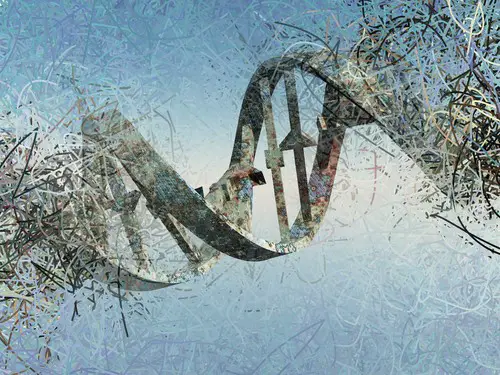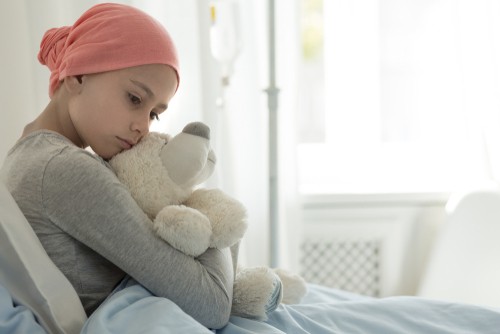Health risks of Radon at home, Preventing radioactive gas in residences, Safe property air
3 Health Risks of Radon at Home
Prevention of Radioactive Gases in Houses Article
Radon is a radioactive gas from the decay of radioactive elements such as uranium. The gas can be found in soils and rocks and naturally moves into the air or underground water. This is found inside and outside homes or properties.
However, the level of radon is higher inside buildings, houses and underground sources of water while it has lower levels in lakes and rivers or outdoor air. When radon particles are breathed in, they can damage body cells, causing illnesses to people.
2 Feb 2019
3 Health Risks of Radon at Home Guide
Here are some of the health risks of radon gas exposure at home:
- Lung Cancer
Radiation damages lung cells that can turn them into cancer cells. Radiation is produced when radon gas breaks down into radon progeny, known as radioactive elements. When breathed in, these elements settle in the lining of the lungs, eventually causing lung cancer. The higher the level of radon and the longer you’re exposed to it, the greater the risk you have for lung cancer.
In the UK and US, lung cancer deaths are caused by cigarette smoking and radon. A total of 20,000 deaths annually are related to radon exposure in the US, whereas 3.3% of cancer deaths are related to radon. Whether smoker or nonsmoker, everyone is at risk of lung cancer when exposed to radon for a long period. To prevent the risk of having lung cancer, you need to minimize the radon levels inside your house by hiring companies that are experts in radon testing such as Radonova UK.
When you have regular radon testing in buildings or houses, old or new, you can determine what specific radon mitigation system is necessary. Also, nowadays, building structures not only incorporate fire safety designs into the overall design to prevent fire hazards, but they also follow standard designs to minimize radon levels. The standards provide helpful and specific guidance in mitigating radon from entering residential homes.
Here are some of the guidelines when installing a mitigation system for residential homes to reduce radon levels:
- System fans should be in an attic, garage, or outdoors instead of inside the house or crawlspace.
- Place indicators in a prominent location to show that the system is functioning well.
- Instructions, warranties, or labels of the system must be provided to homeowners.
- The test should be done every two years upon installation.
- Leukemia
Myeloid leukemia is a type of blood cell cancer that develops fast and can affect both adults and children. Other names for it are acute myeloblastic leukemia, acute nonlymphocytic leukemia, and acute myelogenous leukemia. While chronic leukemia progresses gradually, myeloid leukemia starts suddenly. The blood cells that are non-functioning can be found in the bone marrow or the blood.
Symptoms include high fever, fatigue, confusion, pallor, slurred speech, and swollen liver and lymph nodes. The leading causes of this type of leukemia are exposure to high levels of benzene and radiation or to both.
In the UK, there’s been cases of myeloid leukemia that were caused by radon exposure. Natural childhood leukemia is also attributed to indoor radon. Many studies have been conducted to verify the relationship between radon exposure and leukemia. Studies show that there is a significant association between radon exposure and leukemia, especially prolonged exposure to indoor radon.
- Genetic Damage
In pregnant women, prolonged exposure to radon can damage the embryonic cell that is responsible for the development of the fetus. When embryonic cells are destroyed, the normal development of the fetus is disrupted, resulting in fetal abnormalities.
Moreover, high radiation exposure can cause chromosome aberrations, resulting in gross deformities or malignancies. Chromosomal aberrations are changes in the chromosome’s organization. These aberrations can cause spontaneous miscarriages. Or when a child is born, the chromosomal imbalance produces mental retardation or congenital anomalies.
For Additional Help & Support With Your Concerns: BetterHelp offers access to licensed, trained, experienced, and accredited psychologists, marriage and family therapists, clinical social workers, and board licensed professional counselors.
Conclusion
Radon is unwanted because of its health risks to people. It causes a lot of deaths in children, adults, and a fetus. It may be invisible and odorless, but its effects are deadly.
Radon gas can be everywhere but it has higher levels inside buildings and homes. The more radon levels accumulated inside buildings, the higher the health risks for lung cancer, leukemia, and miscarriages for pregnant women. Therefore, radon testing and installing a mitigation system has significant effects in minimizing radon levels and its health risks.
Comments on this guide to 3 health risks of radon at home article are welcome.
Building Articles
Comments / photos for the 3 Health Risks of Radon at Home page welcome







